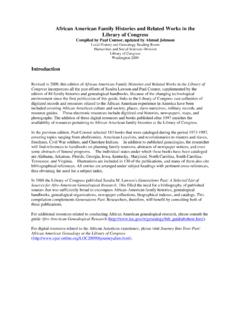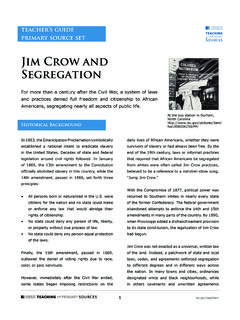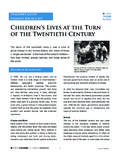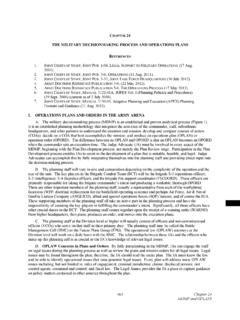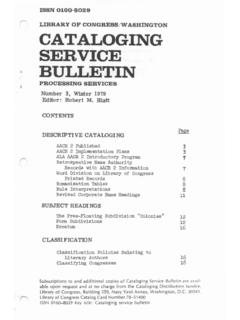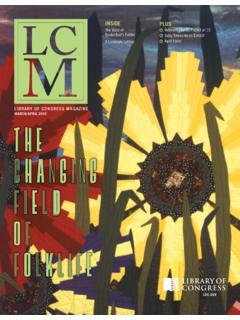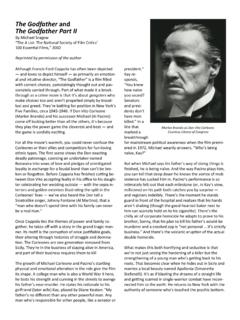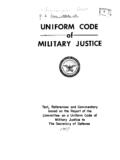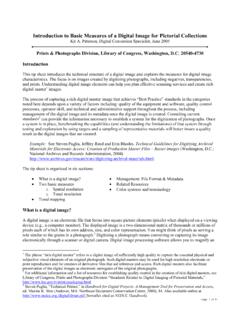Transcription of “Tutti Frutti”—Little Richard (1955)
1 Tutti Frutti Little Richard (1955) Added to the National Registry: 2009 Essay by Cary O Dell Original album Original label Little Richard Though he was born with the rather pedestrian name of Richard Wayne Penniman, it was as wild man Little Richard that he would become a rock and roll legend. Born in Macon, Georgia, one of 12 children of a devout Seventh Day adventist family, yet whose father was a bootlegger, Penniman did his first singing in church . Ejected from the family home at age 13 allegedly due to his homosexuality little Richard took on odd jobs, including dishwasher, and began to perform in area nightclubs where his gospel-influenced and adept piano playing earned him a small following and allowed him to tour limitedly throughout the south.
2 Little Richard signed his first recording contract in 1951, at age 19, with RCA records. The couple of songs he recorded and released for them however obtained little attention. The following year, Richard was with the Peacock label, but, there too, he achieved little substantial success. Finally, he joined Specialty Records where he was signed by Robert Bumps Blackwell as a potential rival to Ray Charles. There Little Richard s luck began to change. Richard s early days with Specialty--trying to fit himself into the Ray Charles mold--were no more successful than his partnerships with RCA and Peacock had been.
3 One particular recording session, this one on September 14, 1955 was, typically, not going well. But at a break, supposedly taken at a nearby watering hole, Little Richard sat down at the piano and banged out an old, slightly obscene ditty he had often performed as filler in his nightclub dates. The tune, Tutti Frutti, accented heavily by Richard s soon-to-be trademark woos, howls and scat-like singing, rocked the house; a potential hit was at hand provide they could clean up the lyrics. Originally, the lyrics of Tutti Frutti celebrated the female backside: Tutti frutti, good booty.
4 Other lyrics later in the song got even more graphic and were definitely not airwave appropriate for 1955. Local songwriter Dorothy LaBostrie was drafted by Bumps to rework the lyrics. By the time LaBostrie was done, good booty had been replaced by aw rootie, a slang adaptation of all righty. Other provocative lines got replaced with relatively innocent odes to girls named Daisy and Sue. It was this version the Little Richard would commit to vinyl. Since its manufacture, Little Richard s Tutti Frutti has been called [the] single greatest rock record and a cannon shot among the first volleys that heralded a new age, a 150-proof nonsense song that distilled the essence of rock n roll.
5 With a melody that both swings and rocks, not to mention Little Richard s crazy performance and non-sense lyrics he perfected ( Awopbopaloobopalopbamboom! ), Tutti Frutti was a major shift in America s musical landscape. Blending together elements of R&B, blues, boogie-woogie, and gospel, the song was a major breakthrough into a brave, scary, saucy new world called rock n roll. Though Elvis and other rockers had already had a few hits by this time, in comparison to Little Richard s pounding rhythm and vocal antics, they came across like choir boys.
6 Tutti Frutti, for all its novelty, was, literally, a rebel yell, one to make the kids dance and the parents shake their heads. Once it was released, Tutti Frutti sold 200,000 copies in a week and a half. It would go on to spend 22 weeks on the R&B chart, reach #17 on the pop chart and, by 1968, sell over t hree million copies. If audiences had never heard anything like Little Richard before, they hadn t seen anything like him either. From his mainstream debut, Richard s look was perfected and singular: the pencil-thin moustache, the outrageous pompadour and an equally outlandish wardrobe.
7 His flamboyant performance style was another shock to the status quo. His slightly androgynous persona helped lay the framework for future rock gender benders like Mick Jagger, David Bowie, Michael Jackson, and Prince. In fact, Little Richard s look and sound was just too radical for many mainstream (read: white) audiences. Not long after Little Richard s Tutti Frutti was released, another singer also recorded the song and achieved greater success with it, at least on the pop chart. Pat Boone s version of Tutti Frutti hit the charts in February 1956 and climbed all the way up to number 12; Little Richard s version had made it only to #17 one month prior.
8 Boone s version had slightly better diction but considerably less free-for-all passion. Nevertheless, the greater success and sales belonged to Boone. While two versions of the same song by different artists, charting at nearly the same time, is not unheard of (two versions of the song How Do I Live?, one by Trisha Yearwood, one by Leann Rimes, both appeared on the charts in 1997, for example), it was much more common in the 1950s, especially the practice of remaking black records for white audiences by having them recorded by white artists.
9 After Boone covered Tutti Frutti, he would also record Little Richard s Long Tall Sally. In a reversal of fortune, however, while Boone s version did well, making it to number eight on the pop chart, Little Richard s original made it all the way to number six. Final chart rankings aside however, history has declared Little Richard the victor in this musical dual since it was he who originated these hits, providing the frame work for Boone, and later dozens of other musicians, to follow. Besides Pat Boone, Tutti Frutti, Little Richard s breakthrough single, has since gone on to be covered by others.
10 Elvis Presley, Queen and even the Chipmunks have recorded it. And almost every rock artist has been influenced by it and the rest of Little Richard s oeuvre ( Jenny, Jenny, Good Golly Miss Molly, Rip It Up, Lucille, ). Paul McCartney, John Lennon, Mick Jagger, Elton John, and Rod Stewart, among others, have all cited Richard as a major influence. Otis Redding said of him, If it hadn t been for Little Richard , I would not be here. I entered the music business because of Richard he is my inspiration. Tutti Frutti s influence has been felt in other ways as well.
